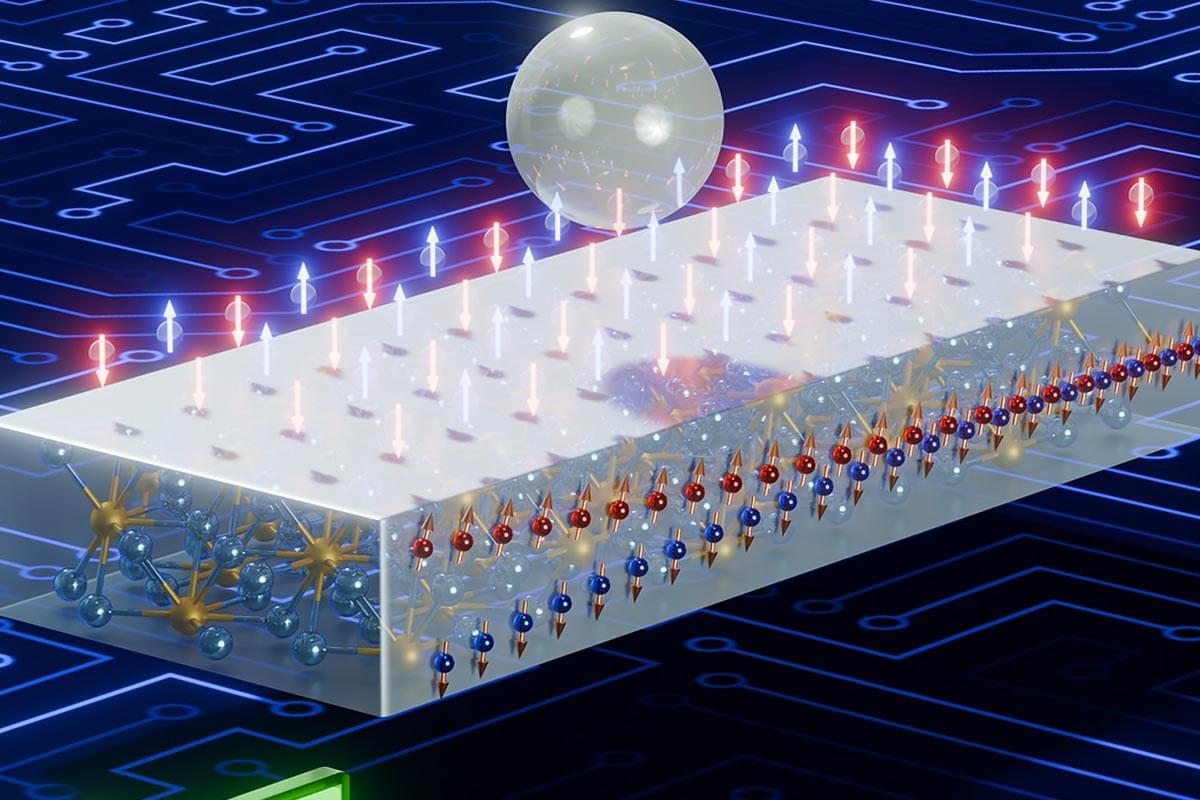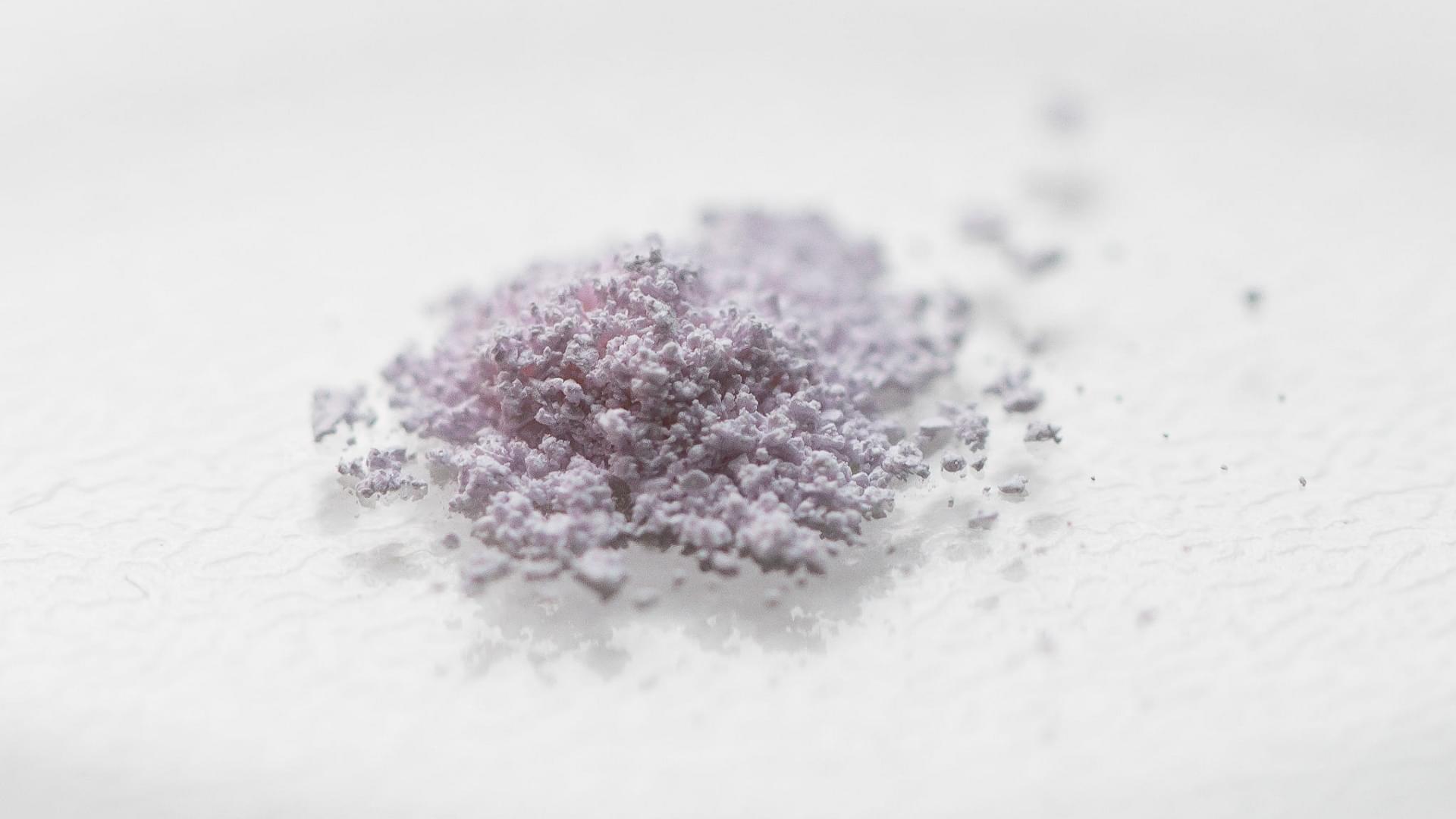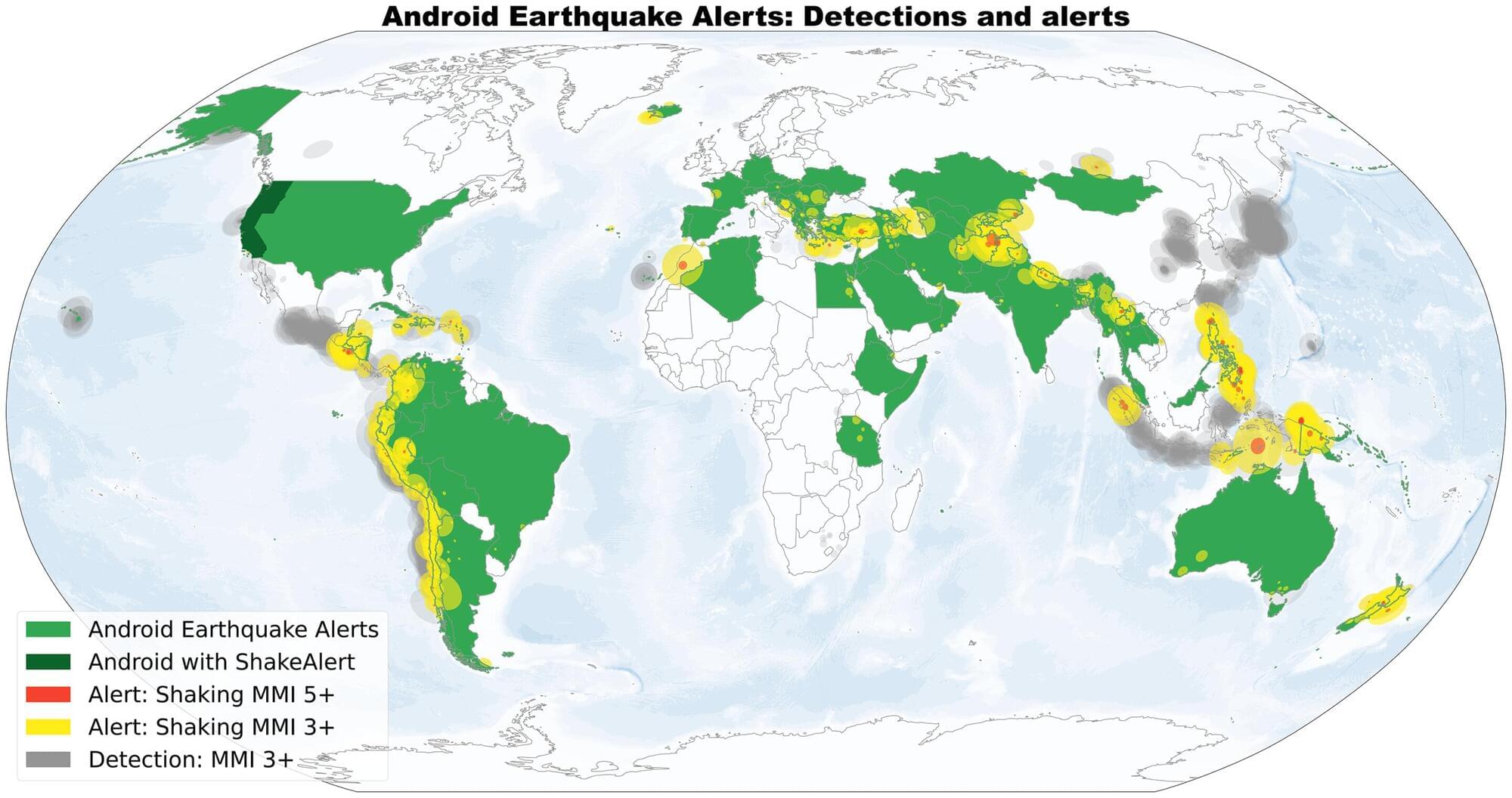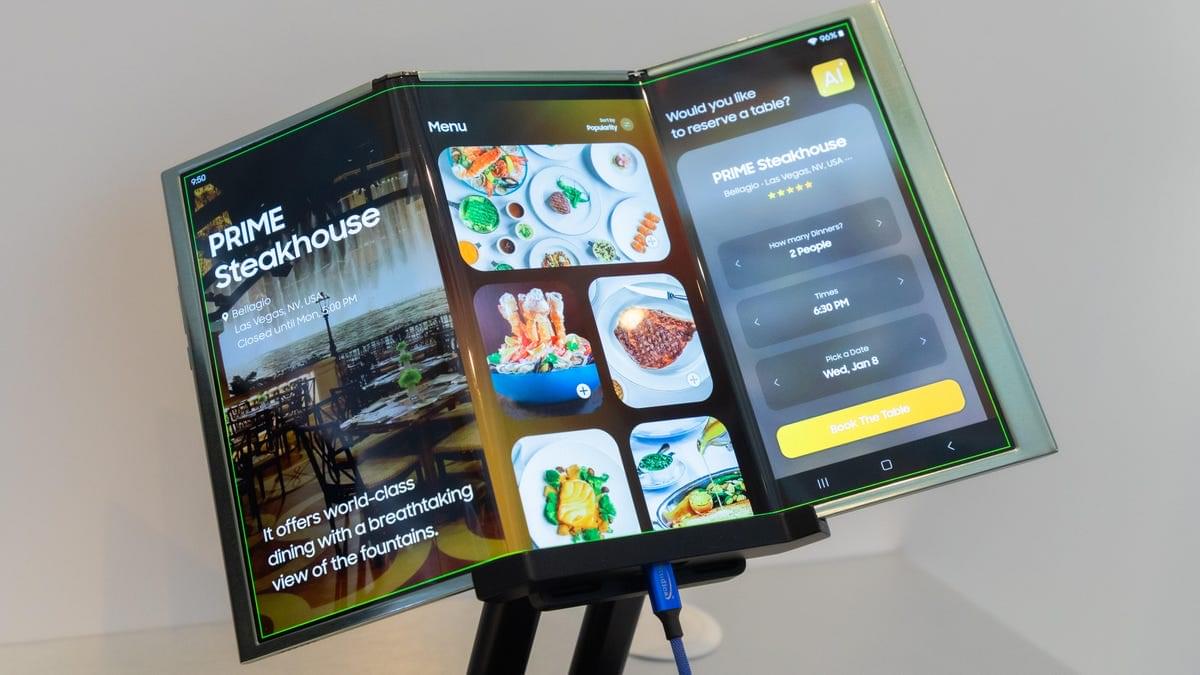RIKEN physicists have found a magnetic material that converts heat into electricity with high efficiency, making it promising for use in energy-harvesting devices. The work is published in the journal Nature Communications.
Photos you take on your smartphone are saved as a series of zeros and ones in a ferromagnetic material —magnetic materials that resemble iron in that their magnetic moments all point in the same direction.
Ferromagnets are easy to manipulate, making it easy to save data. However, because their magnetic moments are all aligned, they generate strong magnetic fields, and so it is not possible to cram a lot of them into a small space.







